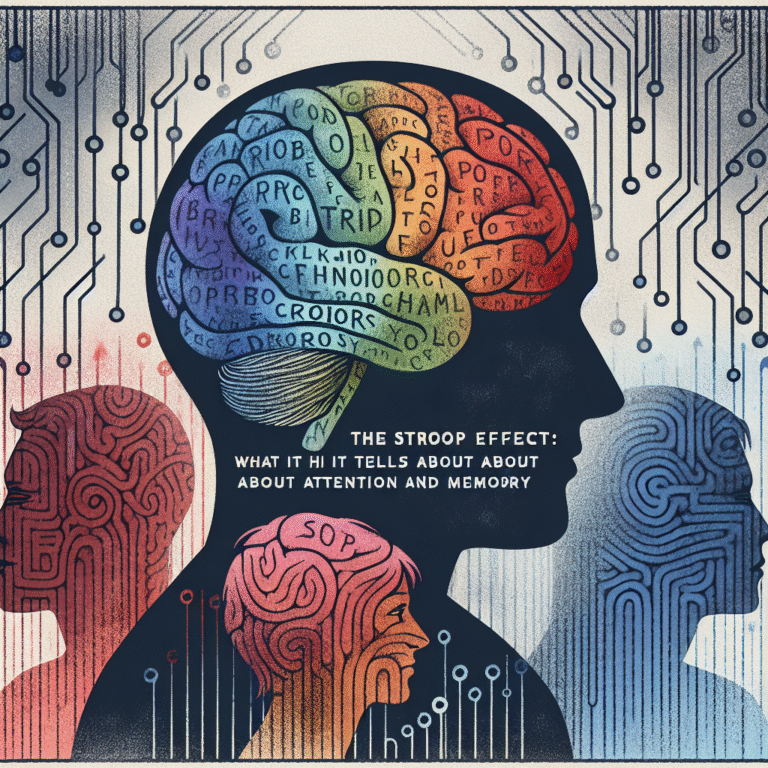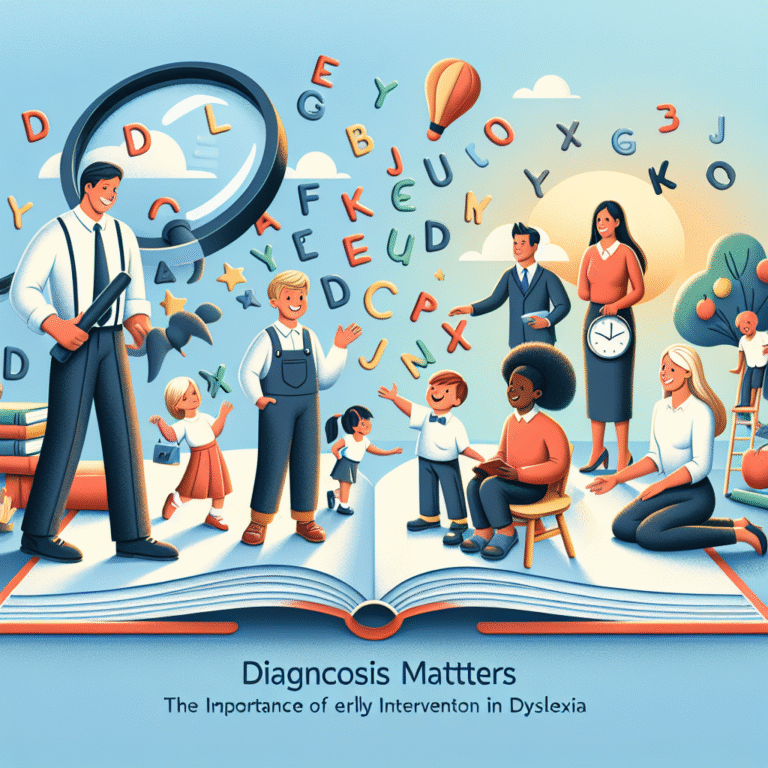
Introduction
Fear is a primal emotion that resonates deep within our DNA. It shapes the way we interact with the world, influences our decisions, and even dictates our survival. But have you ever stopped to wonder why we fear? What’s behind that instinctive reaction we feel when confronted with danger? The answer lies in the fascinating study of The Evolutionary Roots of Fear Conditioning: Why We Fear.
Understanding fear conditioning isn’t just an intellectual pursuit; it has profound implications for mental health, education, and even our day-to-day interactions. In this article, we will delve into the genetic and environmental interplays that dictate our fears, explore case studies that demonstrate these principles in action, and share actionable insights that could transform how we respond to fear. So, buckle up as we embark on this journey into the depths of fear.
The Science of Fear
What is Fear Conditioning?
Fear conditioning is a learning process where an individual associates a neutral stimulus with an aversive event, leading to a conditioned fear response. For instance, if a rat hears a bell just before receiving an electric shock, it may later freeze at the sound of the bell, even in the absence of a shock. This phenomenon demonstrates how fear is not just an instinct but something we can learn and unlearn.
Historical Perspective: Evolutionary Implications
From an evolutionary standpoint, fear conditioning is beneficial. Early humans who sensed danger—whether from predators or natural disasters—were more likely to survive and pass on their genes. Fear acted as an early warning system. As such, the evolutionary roots of fear conditioning are rich and deeply embedded within our biological fabric.
| Table 1: Evolutionary Timeline of Fear Responses | Era | Example Fear Stimuli | Response |
|---|---|---|---|
| Prehistoric | Predators (e.g., saber-toothed tiger) | Flight or Freeze | |
| Agricultural | Starvation or drought | Stockpiling Resources | |
| Modern Era | Social Rejection | Anxiety and Avoidance |
Genetic Contributions: The DNA of Fear
Research suggests that certain genes may predispose individuals to anxiety and fear responses. For example, the 5-HTTLPR gene, related to serotonin transport, has been implicated in anxiety disorders. Understanding these genetic roots offers valuable insights into why some people react differently to fear than others.
Neuroplasticity: The Brain’s Role in Fear
Our brains are not static; they adapt based on experiences. The structure and function of our neural pathways can change, influencing how fear is processed. The amygdala, a key brain region involved in fear responses, is highly plastic. This means that through conditioning and therapy, we can modify our fear responses—a concept critical to overcoming phobias or PTSD.
Real-World Applications of Fear Conditioning
Case Study: Phobias and Fear Conditioning
Consider the case of Dr. Albert Bandura, a psychologist who studied social learning. His famous "Little Albert" experiment exposed a child to a white rat while simultaneously striking a steel bar. The child eventually developed a fear of the rat, illustrating the process of fear conditioning in action. This case underlined the importance of environmental factors in fear responses, showing that bad experiences can leave lasting impressions.
Analysis: Bridging Theory to Reality
Bandura’s work highlights that fear is not innate but learned, shedding light on how people can overcome phobias through gradual exposure and desensitization techniques.
Case Study: Post-Traumatic Stress Disorder (PTSD)
Another example is PTSD, a condition that occurs after exposure to traumatic events. Veterans often experience flashbacks triggered by unrelated stimuli that remind them of their trauma. This underscores how past experiences shape fears and responses, leading to dysfunction if not addressed.
Analysis: Therapeutic Approaches
Exposure therapy and cognitive-behavioral therapy (CBT) offer pathways to recondition fear responses, exemplifying how treatment can be informed by the evolutionary understanding of fear.
Cultural Perspectives on Fear
Societal Impacts of Fear Conditioning
The evolutionary roots of fear conditioning go beyond personal experiences; they seep into cultural narratives. Different cultures embody unique fears, from fear of the unknown to fear of failure. These collective fears dictate social behaviors and norms.
| Chart 1: Fear Across Cultures | Culture | Common Fears |
|---|---|---|
| Western Cultures | Fear of Failure, Social Rejection | |
| Eastern Cultures | Fear of Dishonor, Loss of Face | |
| Indigenous Cultures | Fear of Exploitation, Loss of Land |
Media Influence on Fear Perception
Media plays a massive role in framing our fears. Sensationalized news stories often trigger mass anxiety about issues like terrorism or disease outbreaks, even when personal risk is low. This manipulation can impact societal behaviors, as group fears can often override individual rational fears.
Overcoming Fear: Pathways to Liberation
Therapeutic Techniques for Fear Conditioning
While fear can be a debilitating force, understanding its origins allows for pathways to overcome it.
Exposure Therapy: Gradual exposure to fear-inducing stimuli allows individuals to confront their fears in a controlled manner, often leading to desensitization.
- Cognitive Behavioral Therapy (CBT): This therapeutic approach helps individuals reframe their thoughts around fear and anxiety, aiding in a more rational response.
Mindfulness and Fear Conditioning
Mindfulness-based approaches can also provide powerful insights into managing fear. By fostering present-moment awareness, individuals can learn to recognize fear without judgment, reducing its power.
Conclusion
The intricate tapestry of The Evolutionary Roots of Fear Conditioning: Why We Fear illustrates not only how we come to fear but also how we can learn to unlearn those fears. As we better understand the interplay of genetics, environment, and culture, we are empowered to take positive steps toward overcoming the limitations imposed by fear.
Understanding our fears opens the door to personal growth, emotional resilience, and a more profound sense of connection to ourselves and others. Embrace the journey of confronting fear, and capitalize on your potential to thrive beyond it.
FAQs
1. What is fear conditioning?
Fear conditioning is a learning process where individuals associate a neutral stimulus with an aversive event, resulting in a conditioned fear response.
2. Can fear responses be modified?
Yes, through therapeutic techniques such as exposure therapy and cognitive-behavioral therapy, individuals can learn to modify their fear responses.
3. How do genetics influence fear responses?
Certain genes, like the 5-HTTLPR gene, can predispose individuals to higher anxiety and fear responses, influencing how they react to fear-inducing situations.
4. What role does culture play in fear?
Culture shapes collective fears and societal behaviors, often dictating norms around acceptable responses to fear-inducing situations.
5. Can mindfulness help with fear management?
Yes, mindfulness fosters present-moment awareness and can enable individuals to recognize and manage their fears more effectively.
In a world rich with uncertainties, recognizing The Evolutionary Roots of Fear Conditioning: Why We Fear offers not just solace but transformational potential. Embrace the knowledge, confront your fears, and watch as they lose their grip on your life.

















